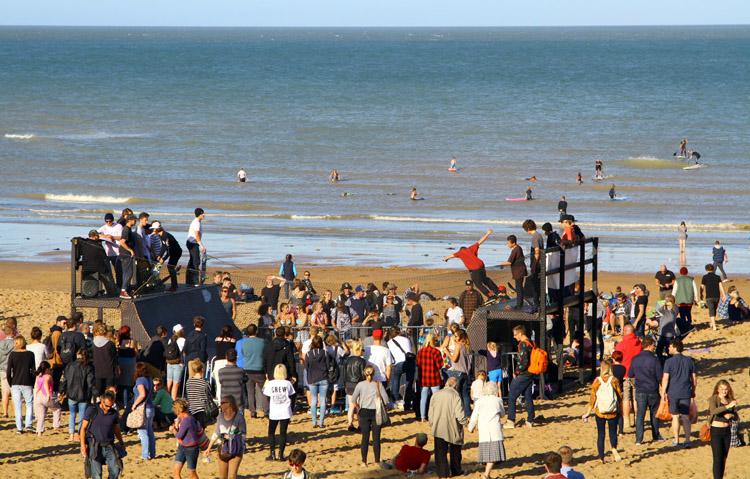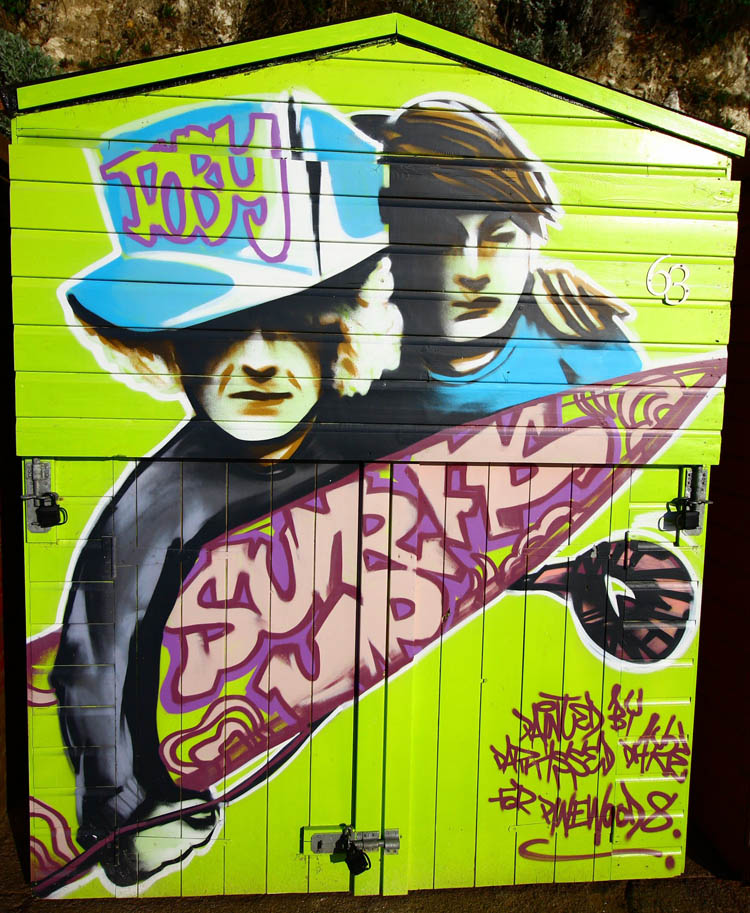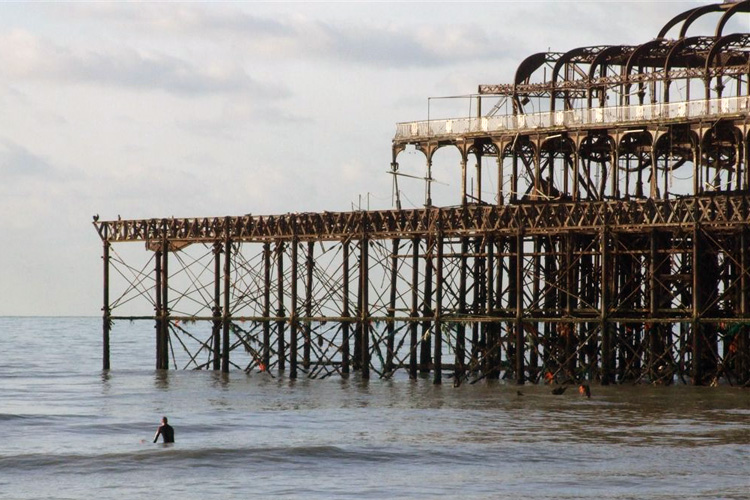London has one of the most active surfing communities in the world. So, let's unveil the most popular surf breaks located approximately less than two hours away from the English capital.
It might sound odd, but there are tens of thousands of Londoners who take surfing very seriously.
They (still) don't have a river surfing wave, but they do have the London Surf Film Festival. They don't have warm waters, but their London Surf Club is a classic institution that has been running since 1981.
Londoners surf; Londoners seek surf.
You can't always look at the dark side of life. Yes, London is rainy and foggy, but it has the River Thames. And the City's iconic water channel flows into the North Sea.
This means that, technically, you could grab a stand-up paddleboard and ride roughly 40 miles (96 kilometers) toward the ocean.

Go South or Go East
However, London surfers are used to catching a train, tube, or plane to score waves in any part of the world. They also drive to Cornwall, the heart and soul of British surfing, to get their fair share of rides.
Living in London doesn't necessarily mean giving up on surfing.
We should not forget that the Empire Pool (later renamed Wembley Arena), a 200-foot-by-60-foot (61 meters by 18 meters) swimming facility built in 1934, was the world's first artificial wave piscina.
So, whether you're an accomplished surfer or an absolute beginner, you'll always find ripples near London. To keep it simple, you have two options - go south or go east.
Just check the wave forecast for both shorelines, call a couple of friends, and drive down to the beach.
The London Surf Guide | 15 Spots Within 60 Miles
Littlehampton, West Sussex: A peaky beach break that works best in high tide, with an E/SW swell and northerly winds;
Shoreham-by-Sea, West Sussex: A peaky beach break that works best in mid-tide, with an E/SW swell and southeasterly winds;
Brighton West Pier, East Sussex: A jetty break that only works in low tide, with an E/SW swell and northerly winds;
Tide Mills, East Sussex: A jetty/groin break that works best in mid-tide, with an E/SW swell and northerly winds;
Birling Gap, East Sussex: A beach break that works best in mid-tide, with southwesterly wind swells;
Eastbourne, East Sussex: A peaky beach break that works best in mid-tide, with an E/SW swell and northerly winds;
Hastings, East Sussex: A beach break that works best in mid-tide, with an SW swell and northwesterly winds;
Camber Sands, East Sussex: A beach break that works best in the mid-to-high tide, with an SW swell and northwesterly winds;
Folkestone, Kent: A beach break that works best in the low-to-mid tide, with high SW swells and westerly winds;
Broadstairs/Viking Bay, Kent: A jetty break that works in all tides, with an NW/E swell and westerly winds;
Stone Bay, Kent: A beach break that works in all tides, with an NW/E swell and westerly winds;
Joss Bay, Kent: A beach break that works in all tides, with an N/SW swell and westerly winds;
Botany Bay, Kent: A beach break that works in all tides, with an N swell and southerly winds;
Shoeburyness, Southeast Essex: A beach break that works in all tides, with powerful E/SW and northeasterly winds;

